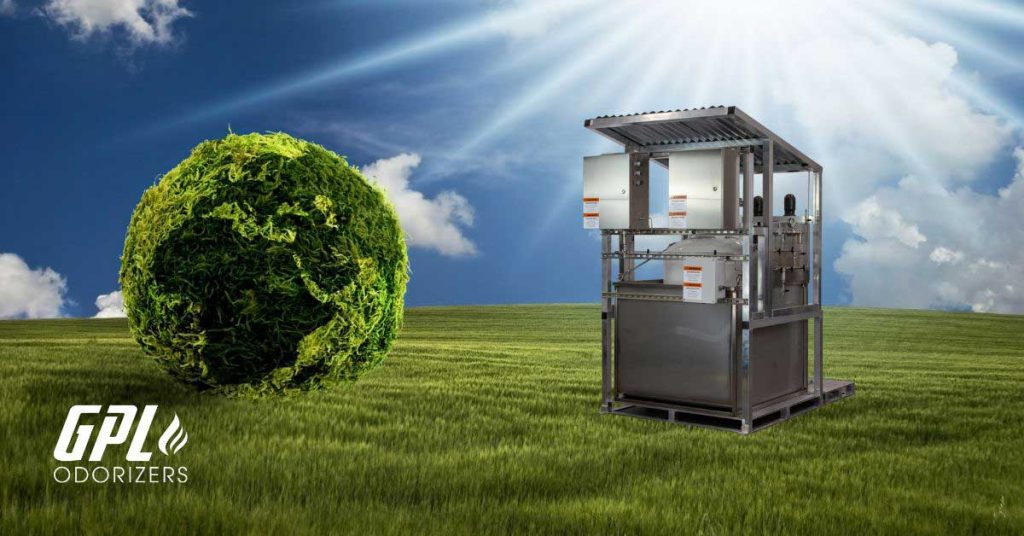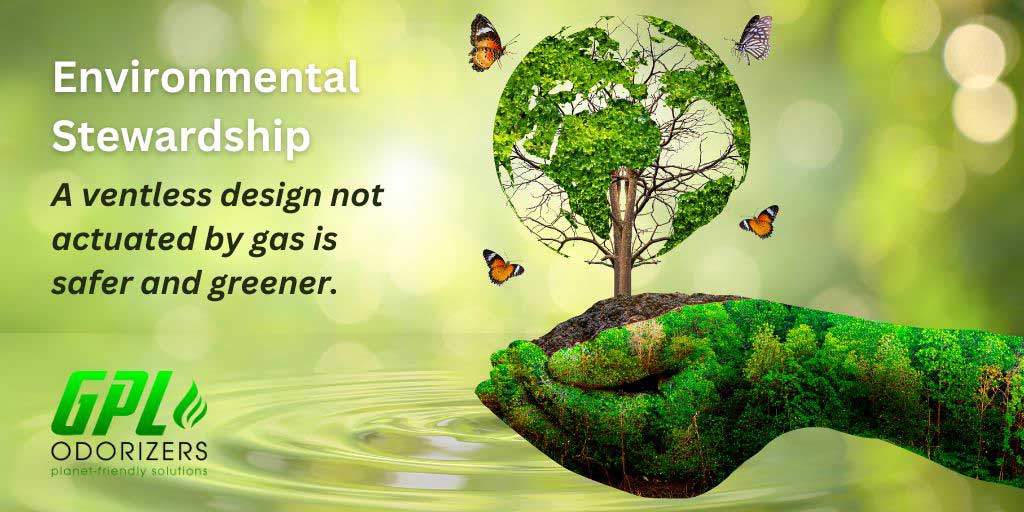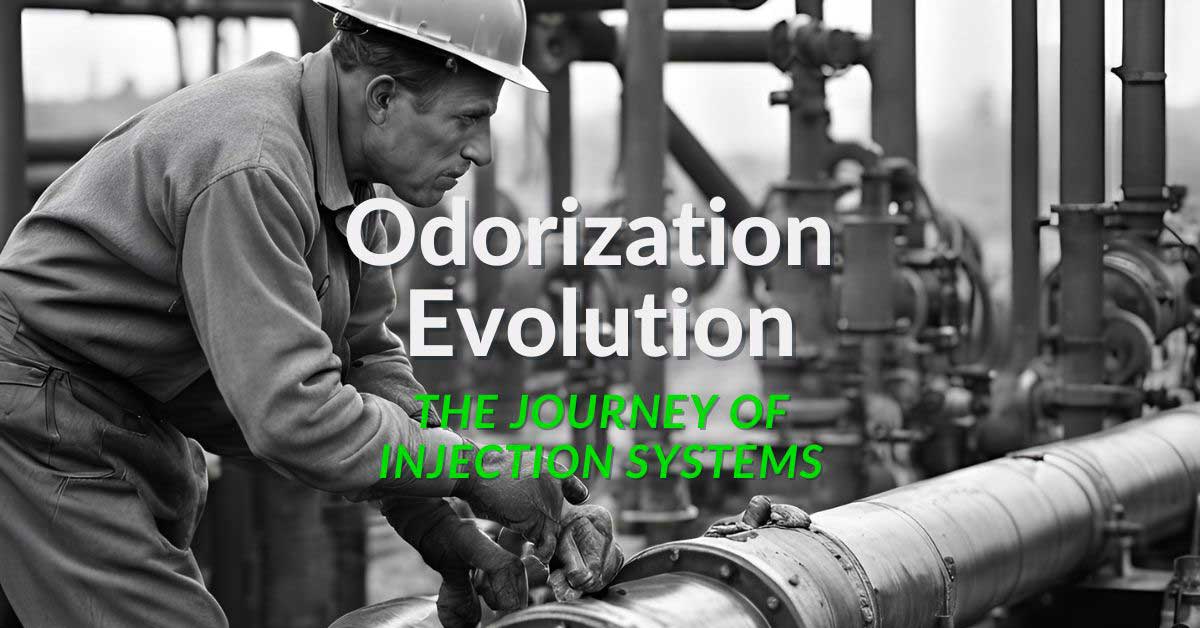The importance of natural gas as a clean and efficient fuel cannot be overstated in the energy sector. As Uncle Ben tells Peter Parker in Spider-Man, “With great power comes great responsibility,” and ensuring the safe and eco-friendly distribution of natural gas is paramount.
Since natural gas (and many other gases) have no odor, distributing an odorless combustible gas from the wellhead to the burner is a safety concern. Today, regulations require odorized gas in various classes of transmission lines and all distribution lines. That’s where GPL Odorizers step in.
 GPL Odorizers manufactures odorization equipment that injects odorant into gas so that it is detectable by smell. That is the function of an odorizer. However, GPL offers a revolutionary solution that enhances safety while minimizing environmental impact.
GPL Odorizers manufactures odorization equipment that injects odorant into gas so that it is detectable by smell. That is the function of an odorizer. However, GPL offers a revolutionary solution that enhances safety while minimizing environmental impact.
Zero Emissions Odorization
Unlike other natural gas odorization systems, GPL Odorizers uses a patented ventless design and closed-loop system that eliminates gas and odorant discharges into the atmosphere. It is the first zero-emission odorizer. This innovative feature addresses concerns about air pollution and greenhouse gas emissions, making GPL Odorizers a standout choice for environmentally conscious utilities, transmission companies, and pickling or pipeline conditioning companies.
Safer and More Sustainable
All GPL models (GPL 750, GPL 5000, GPL 10000) take eco-friendliness and energy conservation to the next level by eliminating the need for the pipeline gas to actuate the injector. This design saves pipeline gas and eliminates that lovely rotten egg smell at the odorization site that is notorious for triggering false leak-call complaints from bystanders. Also, since no gas is present at the odorizer, which is typical of most odorization sites, it’s safer and more sustainable.
Environmental Impact
Perhaps the most compelling aspect of GPL Odorizers’ systems is their ability to eliminate odorization-associated methane emissions effectively. Methane, the primary component of natural gas, is a potent greenhouse gas contributing to climate change. Given that some transmission lines and all distribution lines are required in the US to odorize natural gas, zero-emission odorization offers a significant opportunity to reduce the carbon footprint associated with natural gas odorization. This environmental benefit aligns perfectly with the growing demand for greener energy solutions worldwide.
Understanding Methane
To grasp the significance of methane emissions, it’s essential to understand its role as a greenhouse gas. Greenhouse gases absorb heat from the sun, warming the atmosphere and exacerbating global warming. Carbon dioxide makes up most of greenhouse gas emissions and is a primary focus in reducing GHGs. However, over a five-year period, methane is over 100 times more effective at trapping heat than carbon dioxide. With methane emissions ranking as the second-largest source of greenhouse gases, mitigating its release is critical for combating climate change.
Sources of Methane
 Methane emissions stem from various sources, including producing and transporting fossil fuels such as coal, natural gas, and oil. Additionally, agricultural practices, livestock, and the decay of organic waste in landfills contribute to methane emissions. By addressing these sources of methane, we can make significant strides towards a more sustainable future.
Methane emissions stem from various sources, including producing and transporting fossil fuels such as coal, natural gas, and oil. Additionally, agricultural practices, livestock, and the decay of organic waste in landfills contribute to methane emissions. By addressing these sources of methane, we can make significant strides towards a more sustainable future.
When choosing GPL Odorizers, it is not just for safety reasons; it’s a commitment to environmental stewardship. Gas producers, gas transmission, and gas distributors can minimize their carbon footprint and contribute to a cleaner, greener planet by opting for a ventless odorizer that does not use gas to actuate the odorizer.
Together, let’s make natural gas distribution safer and more sustainable with GPL Odorizers.

